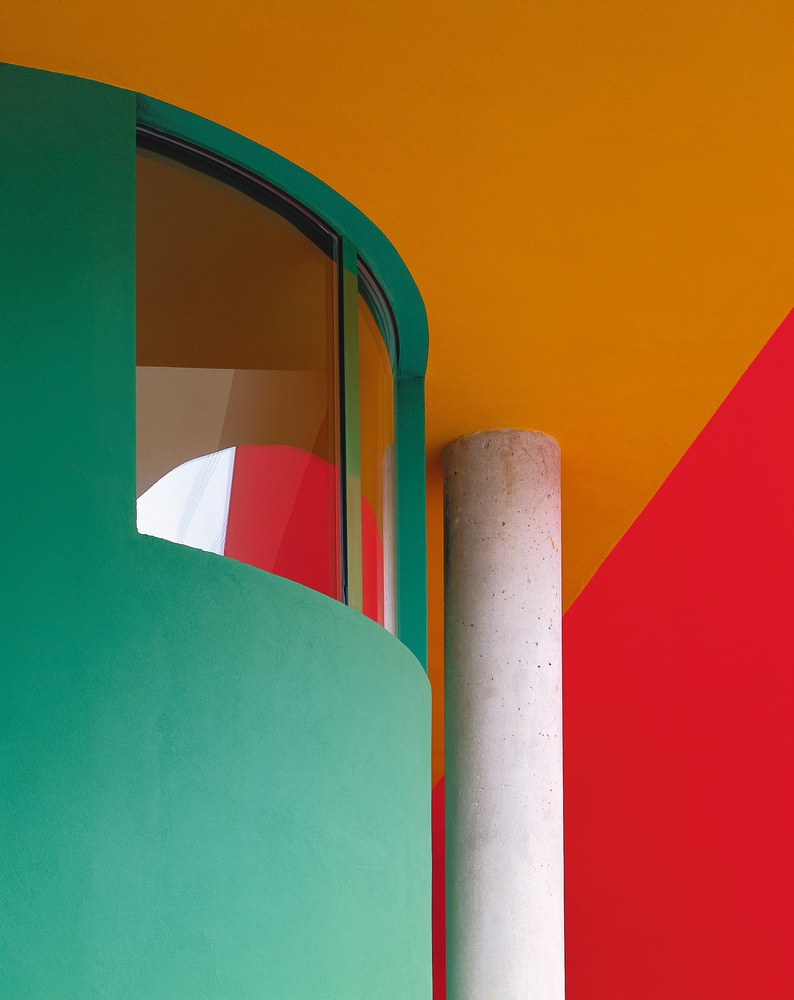Color in Architecture as a Powerful Communication Tool
Contrary to popular belief, Roman buildings were not as monochrome as previously thought. Recent discoveries indicate that statues and structures were, in fact, richly adorned with bright colors and exuberant decorations, following the tradition established by their Greek predecessors. This may be surprising, but it shows the presence of color in architecture much earlier than imagined. Color has always played a significant role in shaping the perception and experience of a space, and was prominent in the works of seminal architects such as Le Corbusier and Luis Barragán, for example. Another master of the use of color was Michael Wilford, who, together with his former partner James Stirling gained international recognition with notable public buildings, art centers, museums, and libraries located worldwide. The volumes present in Wilford’s architecture are often remembered for their careful use of color, which highlights certain elements and adds other dimensions to the structures.


 Picture: Photographed by Richard Bryant, image courtesy of Sto
Picture: Photographed by Richard Bryant, image courtesy of Sto
Comments :